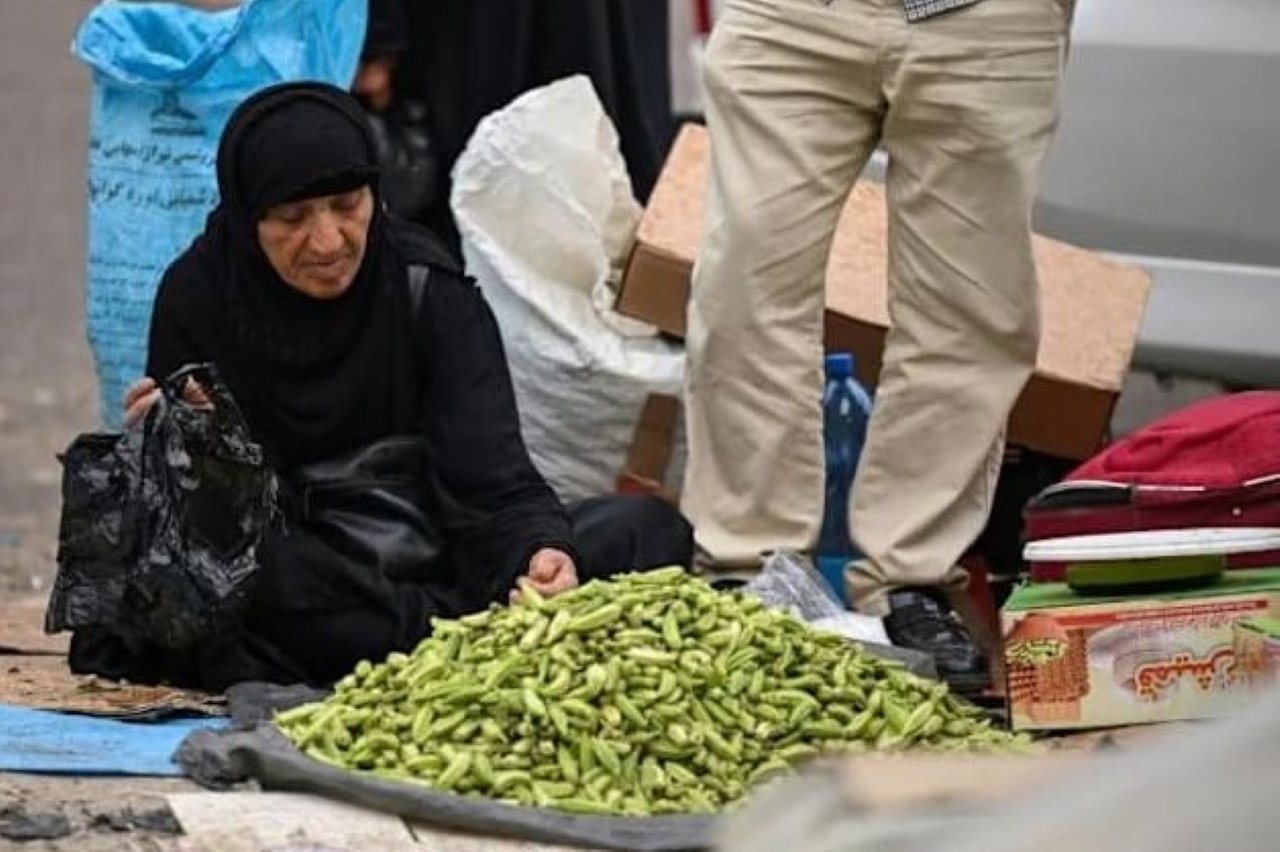Basra, 12 April 2025 (BSS/AFP) – Each Friday, Iranian vendors like Alawi cross into southern Iraq seeking financial relief in Basra’s bustling markets — a haven offering hope and hard cash in the face of Iran’s mounting economic crises.
Cross-Border Trade Amid Sanctions
Alawi, a 36-year-old pedlar from Iran, braves the journey across the Chalamja border every week. Carrying essential household goods such as cooking oil, eggs, chicken, and detergents, he joins hundreds of fellow Iranians hoping to turn a modest profit by selling in Iraqi markets. Back home, Western sanctions and economic mismanagement have rendered similar efforts futile.
“The situation is difficult due to the embargo,” said Alawi, requesting anonymity for fear of repercussions. “In Iran, we had to throw away unsold produce — here, I can make $30 to $50 a day.”
His case is far from unique.
Economic Context: Iran vs. Iraq
| Indicator | Iran (2025) | Iraq (2025) |
|---|---|---|
| Inflation Rate | Over 32% YoY (Mar) | Approx. 6% |
| Unemployment Rate | High, especially youth | Moderate |
| Currency | Rial (heavily devalued) | Dinar (relatively stable) |
| Weekly Income for Pedlars | ~$30–$50 in Iraq | Less than $10 in Iran |
Following the reinstatement of US sanctions in 2018 by then-President Donald Trump, Iran’s economy has been locked in a cycle of decline. The Iranian rial has sharply depreciated, pushing basic goods out of reach for many citizens.
A Cultural and Geographic Nexus
Basra, a southern Iraqi city with close linguistic and cultural ties to Iran’s Khuzestan province, serves as an ideal commercial outpost. Many Iranians — including women and the elderly — take advantage of this proximity to sustain their families.
Hayder al-Shakeri of the London-based Chatham House explains:
“Informal trade across the Iran-Iraq border has significantly expanded in the past decade. It’s a survival mechanism, especially for working-class Iranians.”
He added that earning in Iraqi dinars — or even US dollars — provides much-needed insulation against the collapsing rial.
Personal Stories from the Market
At Basra’s Friday market, stacks of rice, tins of cream, and cleaning products are arranged neatly by Iranian traders.
Milad, a 17-year-old with tousled curls, and his mother have been running a small shop for two years. He explains:
“In Iran, finding work is hard, and the currency is weak. My cousin graduated a year ago and still can’t find a job.”
Umm Mansur, a 47-year-old Iranian mother of five, has a more somber account. She began pedalling goods across the border six months ago:
“They insult and mistreat us at the border. But I earn four times here what I could make back home. In Iran, there’s no way to make a living.”
An Uncertain Path Forward
Despite their modest success, Iranian traders face resentment from local Iraqi vendors. Occasional crackdowns by Iraqi security forces result in their removal — albeit temporarily.
Nevertheless, the market endures.
Basra resident and mathematics professor Abu Ahmad, 55, who regularly shops at the market, appreciates the Iranian presence:
“Their geymar is better than ours and cheaper — 12,000 dinars instead of 16,000.”
As negotiations between Iran and the United States are set to resume in Oman, hopes for economic relief remain fragile. Until then, Basra’s market continues to serve as both a financial refuge and a symbol of economic interdependence across borders.
Supplementary Insight: Bilateral Trade Figures
| Year | Iran to Iraq Exports (Non-Oil) | Rank Among Iran’s Trade Partners |
|---|---|---|
| 2024 | Approx. $10 Billion | 2nd Largest |
Iran’s political and economic influence in Iraq remains robust — yet the livelihoods of its everyday citizens increasingly depend on grassroots trade routes and regional goodwill.
